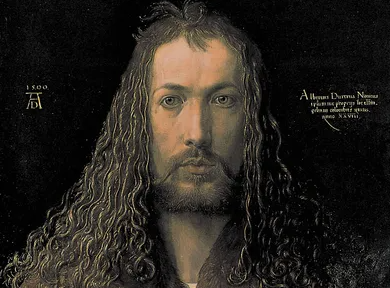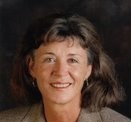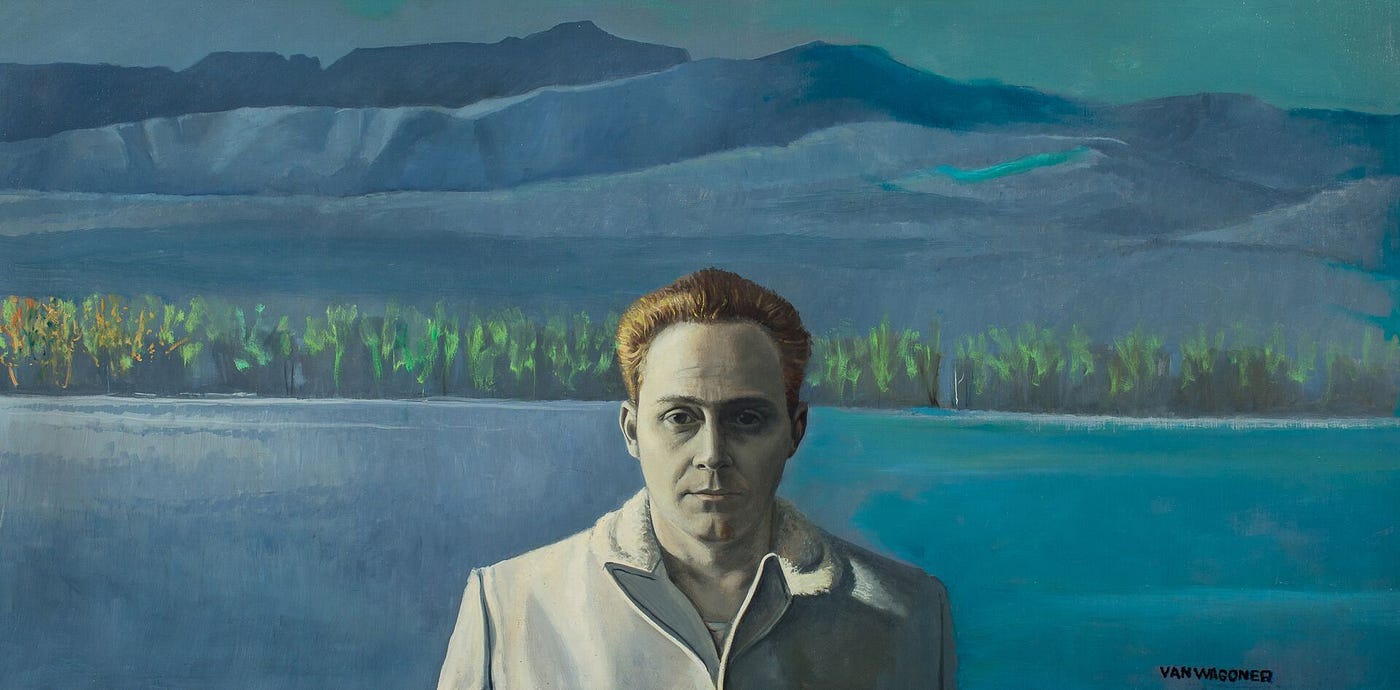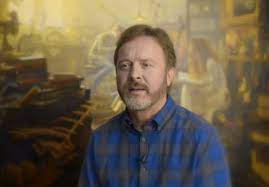John Snyder
After 15 years working as a photographer and graphic designer for BYU Publications and Graphics, John Snyder left BYU to freelance in January of 2000. Currently he is pursuing commercial assignments and personal interests, among them a photographic and written study of the Palouse region of Eastern Washington/Northern Idaho. Of the cover photograph, he says, “It was a poignant experience – in the process of trying to arrange these objects from Gene’s life in a pleasing way – to reflect on my association with the England family and to consider Gene’s patience and kind influence on me. I included the engraving of Samuel Johnson because I’d heard Gene read from Rasselas during a visit to London in 1985 and still reflect on the insights I gained then.
Learn more








